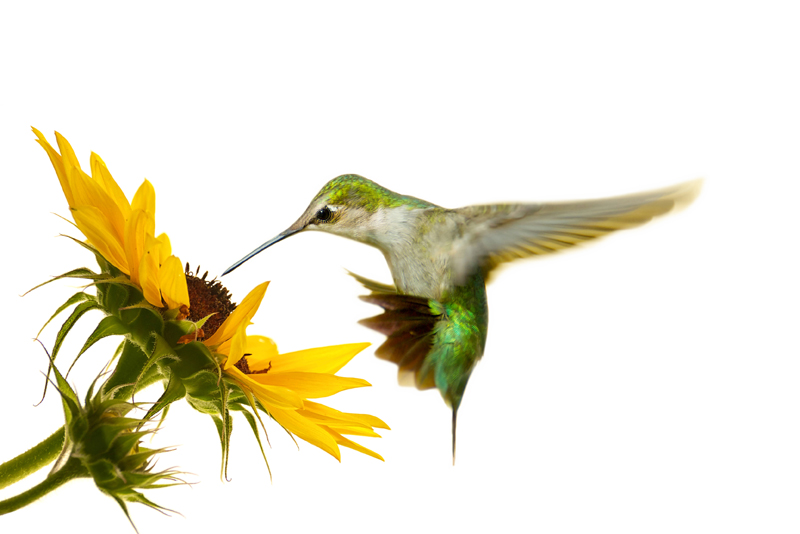Sewing Tips for Pile and Napped Fabrics

Pile is the raised surface of a fabric. An additional looped thread is part of the weaving process when making a piled fabric. After weaving, the tops of the loops are then sheared which produces a soft rich texture. Common examples of pile fabrics are corduroy, velvet, velveteen and velour. Napped fabrics have a special finishing process applied after weaving that brushes the fabric surface and raises the fibers somewhat. Flannel and fleece are napped fabrics. Terrycloth fabric, familiar in towels and washcloths, has uncut loops allowing for greater absorbency.
Fabric with the pile/nap running top to bottom appears lighter, glossier and feels smooth. Turn the fabric so the pile/nap runs bottom to top and it will be darker, richer in color and feels more textured.
Some tips for sewing piled or napped fabrics:
Be aware of the direction of the nap or pile of the fabric. Heed a pattern’s direction to follow pattern placement and cutting by following the “with nap” instructions for all pattern sections. Most pattern sections will be cut with the fabric opened flat in a single layer - not folded doubled, and with all pattern pieces placed in the same direction.
Velvets and velveteens look more luxurious and darker when the pile is up. For corduroy, usually the garment pieces are cut with nap down. Seams are sewn in the same direction as the nap.
Use a steam iron and iron lightly on the wrong side of the fabric if seams must be pressed open. Use another scrap of the same fabric right-sides up against the right side of the fabric so the pile will not be crushed.
Reduce bulk when possible particularly where seams may cross.
Use long sharp pins placed only within the seam allowance to temporarily hold sections together when machine stitching. Short pins tend to get buried within a dense pile.
A sewing pattern’s directions will indicate that by using pattern layout “with nap” will require additional fabric yardage to ensure that all pattern sections can be laid in one direction.
Unsure if a fabric has a nap? Fold right sides together matching the selvedge ends, then turn one corner back at a 45-degree angle to see if the fabric sections revealed look the same or different. If different, the fabric has a nap. Light reflected from the fabric’s surface can help in determining if there is a nap to the fabric.
Generally, avoid topstitching very dense piled or napped fabrics which can distort fabric edges.
Zippers that are hand stitched in place help to avoid excessive seam handling which can flatten seam edges.
A walking or even-feed presser foot is best to use with piled or napped fabrics to prevent one layer from creeping over another as the machine sews the seams. Alternatively, hold the fabric layers both front and back of the presser foot, without stretching the fabric when stitching. A slightly longer stitch length may help as well.
Pile or napped fabrics are indispensable for all types of warm weather clothing such as blazers and slacks, sports and outerwear as well as blankets and home décor.
Sew happy, sew inspired.
Fabric with the pile/nap running top to bottom appears lighter, glossier and feels smooth. Turn the fabric so the pile/nap runs bottom to top and it will be darker, richer in color and feels more textured.
Some tips for sewing piled or napped fabrics:
Be aware of the direction of the nap or pile of the fabric. Heed a pattern’s direction to follow pattern placement and cutting by following the “with nap” instructions for all pattern sections. Most pattern sections will be cut with the fabric opened flat in a single layer - not folded doubled, and with all pattern pieces placed in the same direction.
Velvets and velveteens look more luxurious and darker when the pile is up. For corduroy, usually the garment pieces are cut with nap down. Seams are sewn in the same direction as the nap.
Use a steam iron and iron lightly on the wrong side of the fabric if seams must be pressed open. Use another scrap of the same fabric right-sides up against the right side of the fabric so the pile will not be crushed.
Reduce bulk when possible particularly where seams may cross.
Use long sharp pins placed only within the seam allowance to temporarily hold sections together when machine stitching. Short pins tend to get buried within a dense pile.
A sewing pattern’s directions will indicate that by using pattern layout “with nap” will require additional fabric yardage to ensure that all pattern sections can be laid in one direction.
Unsure if a fabric has a nap? Fold right sides together matching the selvedge ends, then turn one corner back at a 45-degree angle to see if the fabric sections revealed look the same or different. If different, the fabric has a nap. Light reflected from the fabric’s surface can help in determining if there is a nap to the fabric.
Generally, avoid topstitching very dense piled or napped fabrics which can distort fabric edges.
Zippers that are hand stitched in place help to avoid excessive seam handling which can flatten seam edges.
A walking or even-feed presser foot is best to use with piled or napped fabrics to prevent one layer from creeping over another as the machine sews the seams. Alternatively, hold the fabric layers both front and back of the presser foot, without stretching the fabric when stitching. A slightly longer stitch length may help as well.
Pile or napped fabrics are indispensable for all types of warm weather clothing such as blazers and slacks, sports and outerwear as well as blankets and home décor.
Sew happy, sew inspired.

Related Articles
Editor's Picks Articles
Top Ten Articles
Previous Features
Site Map
Content copyright © 2023 by Cheryl Ellex. All rights reserved.
This content was written by Cheryl Ellex. If you wish to use this content in any manner, you need written permission. Contact Cheryl Ellex for details.







